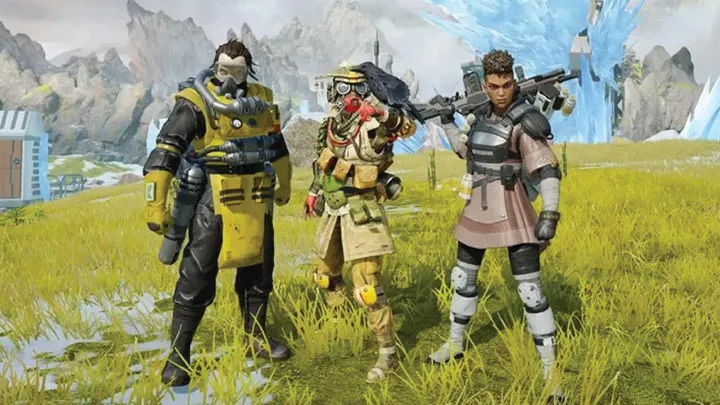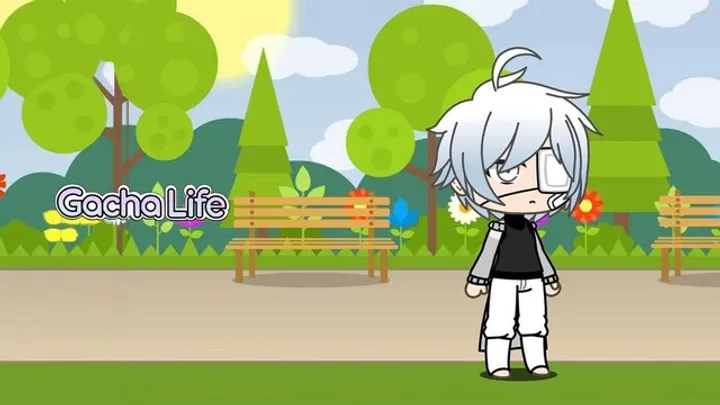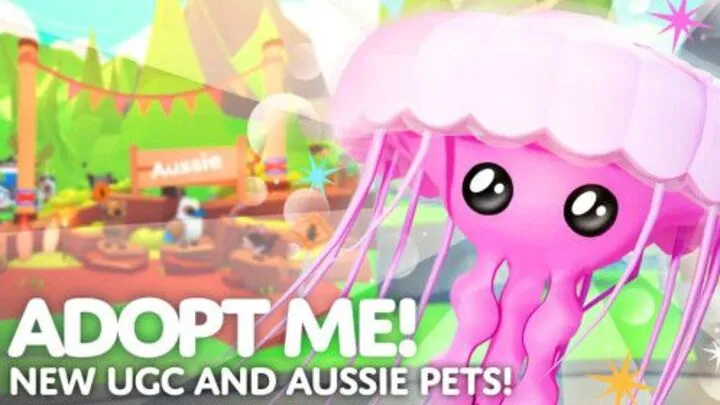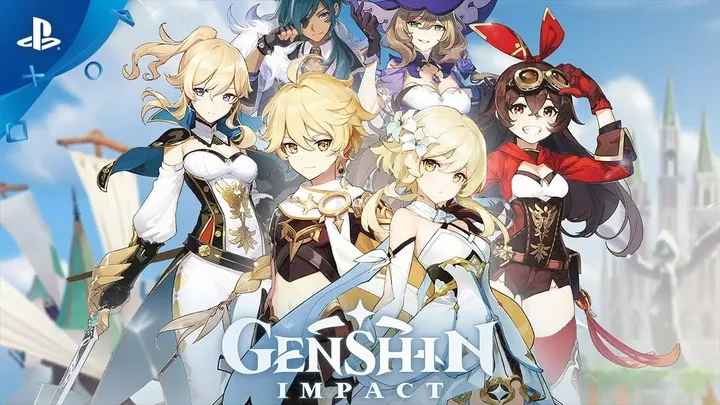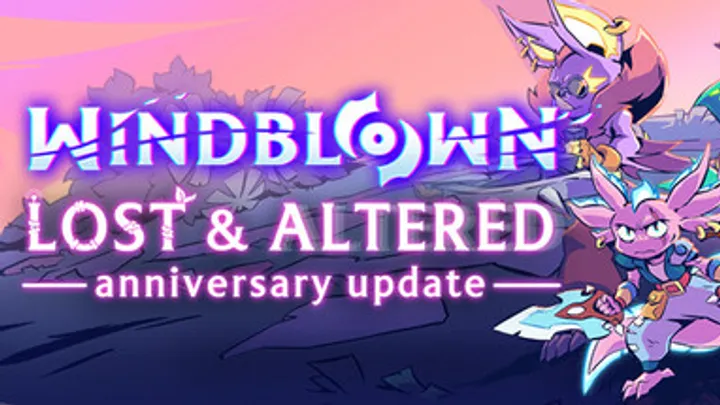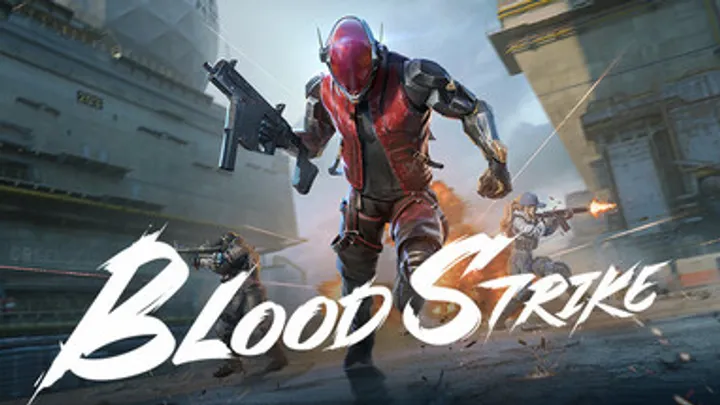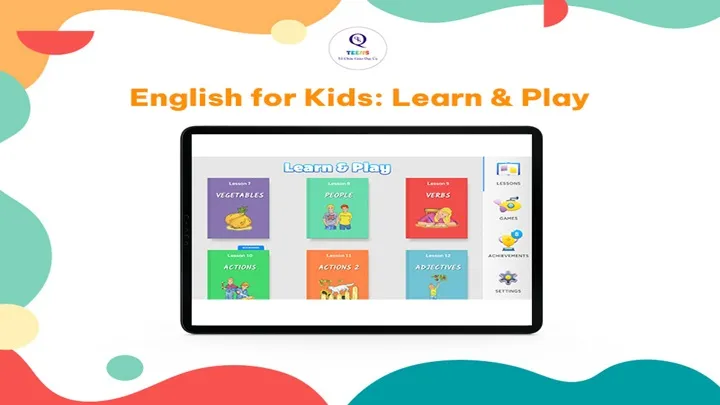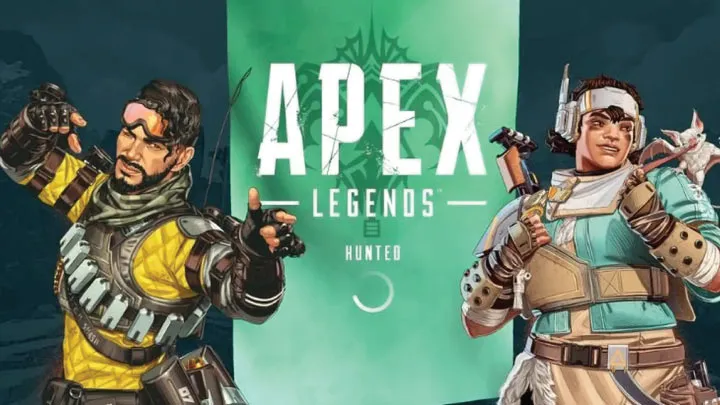
Apex Legends, developed by Respawn Entertainment, has emerged as one of the leading titles in the battle royale genre since its release in February 2019. With its unique character-based gameplay, the game emphasizes teamwork and strategy, setting it apart from other titles in the genre. One of the most critical aspects of Apex Legends is character synergy and team composition, which can significantly affect a squad's performance in matches. This article explores the evolution of character synergy in Apex Legends, how players adapt their strategies based on legends, and the implications for competitive play.
Understanding Character Synergy
The Concept of Synergy
In Apex Legends, every character, known as a Legend, possesses unique abilities that can be categorized into three types: passive, tactical, and ultimate. Character synergy refers to the way these abilities interact and complement each other to create a cohesive team strategy. Effective synergy can enhance a team's effectiveness, allowing them to tackle challenges more efficiently and secure victories.
Players must understand both their own Legend's abilities and those of their teammates to maximize their effectiveness. Successful teams often consist of Legends whose abilities work well together, enabling them to execute strategies that capitalize on their strengths while mitigating weaknesses.
The Importance of Team Composition
Team composition is a crucial aspect of Apex Legends gameplay. A well-rounded squad typically includes a mix of offensive and defensive Legends, along with support roles. This balance allows teams to adapt to various situations, whether they need to engage in firefights, defend positions, or provide healing and utility.
For example, a team composition featuring Wraith, Gibraltar, and Lifeline can create a robust synergy. Wraith's ability to reposition and escape danger complements Gibraltar's defensive capabilities, while Lifeline can provide healing and revive downed teammates. Understanding these dynamics is essential for players looking to succeed in both casual and competitive play.
Early Synergy Strategies
The Original Legends and Their Roles
At launch, Apex Legends featured eight characters, each with distinct abilities that shaped early strategies. The initial meta revolved around these original Legends, leading players to develop strategies based on their strengths and weaknesses.
For instance, Bloodhound was essential for scouting and tracking enemies, making him a valuable asset for teams looking to ambush opponents. Wraith, with her mobility and escape abilities, emerged as a popular choice for players who favored aggressive playstyles. Teams often gravitated toward combinations that allowed for quick engagement and disengagement, emphasizing the importance of mobility in the early game.
The Evolution of Team Dynamics
As players became more familiar with the abilities of each Legend, team dynamics began to evolve. Players started to recognize the value of having a balanced squad, leading to the emergence of compositions that included a dedicated support role alongside aggressive and defensive Legends.
The introduction of Lifeline as the first dedicated support character added a new layer to team composition. Her healing abilities and drone made her invaluable in longer engagements, allowing teams to sustain fights and recover from encounters. This evolution in understanding team dynamics paved the way for more strategic gameplay.
The Meta Shift: Introduction of New Legends
New Legends and Their Impact
As Apex Legends expanded its roster, new Legends brought fresh abilities that influenced the meta. Each new character introduced unique mechanics, prompting players to reassess team compositions and strategies. For instance, the introduction of Octane in Season 1 provided a high-speed option for aggressive players, shifting the focus toward fast-paced engagements.
Octane's ability to quickly reposition and engage enemies transformed how players approached fights. Teams began to incorporate him alongside defensive Legends like Gibraltar to create aggressive playstyles that capitalized on speed while maintaining protection.
The Rise of Synergistic Compositions
The release of new Legends led to a rise in synergistic compositions that emphasized how different abilities could complement one another. Players started to experiment with combinations that maximized the effectiveness of their chosen Legends. For example, pairing Caustic with Wraith allowed teams to control areas effectively while maintaining the mobility to escape dangerous situations.
This experimentation fostered creativity in team composition, as players sought to discover unique synergies that could give them an edge in competitive matches. The dynamic nature of Apex Legends encouraged players to adapt their strategies, leading to a more diverse metagame.
The Importance of Communication
Coordinated Team Play
Effective communication is essential for maximizing character synergy in Apex Legends. Players who communicate their strategies, callouts, and intentions can create a more cohesive team dynamic. This coordination allows players to execute strategies that leverage their Legends' abilities effectively.
For example, a team composed of Bangalore, Wraith, and Lifeline can benefit from clear communication. Bangalore's smoke can obscure enemy vision, allowing Wraith to reposition and flank while Lifeline provides support. Without proper communication, these strategies can falter, leading to missed opportunities and unfavorable engagements.
Utilizing Pings for Strategy
Apex Legends features an innovative ping system that allows players to communicate effectively without voice chat. Players can ping locations, enemies, and items, providing crucial information to their teammates. This system has become a fundamental aspect of gameplay, especially for players who may not have access to voice chat.
Utilizing pings effectively can enhance team synergy, as players can coordinate actions without the need for verbal communication. For instance, a player can ping an enemy location while using a defensive Legend, allowing teammates to prepare for an ambush. This level of coordination is essential for success in high-stakes matches.
The Competitive Scene: Impact on Meta
Evolving Strategies in Competitive Play
As Apex Legends transitioned into the competitive scene, the importance of character synergy and team composition became even more pronounced. Competitive players began to develop strategies based on the strengths of their Legends, leading to the emergence of specific team compositions tailored for tournament play.
Teams often conducted extensive research on their opponents, analyzing their preferred Legends and strategies. This preparation allowed them to counter enemy compositions effectively, creating a dynamic environment where adaptability was crucial. The competitive meta continuously evolved as teams experimented with new strategies and counterplays.
The Role of Professional Players
Professional players play a significant role in shaping the meta. Their gameplay showcases optimal strategies and synergies, often influencing how the broader community approaches character selection and team composition. As top-tier players experiment with various Legends, they provide valuable insights that can shift the meta in real-time.
For instance, a professional team might popularize a specific composition that emphasizes aggressive plays, leading casual players to adopt similar strategies. This cycle of influence between professional play and the community highlights the interconnectedness of Apex Legends' ecosystem.
Balancing Legends: The Developer's Challenge
Ongoing Balance Changes
Maintaining a balanced roster of Legends is a constant challenge for developers at Respawn Entertainment. As new Legends are introduced, existing characters may require adjustments to ensure fair competition. Balance changes can significantly impact the meta, altering which Legends are considered "viable" in competitive play.
For example, if a new Legend is deemed too powerful, it may prompt immediate nerfs, leading players to reevaluate their strategies. Conversely, if a character is underperforming, buffs may encourage players to explore different compositions.
Community Feedback and Adaptation
Respawn actively engages with the community to gather feedback on balance changes and character performance. Player input is invaluable in shaping the direction of future updates. The developers often analyze win rates, pick rates, and player feedback to make informed decisions regarding balance adjustments.
This responsiveness to community feedback fosters trust and encourages players to remain engaged with the game. As players see their concerns addressed, they become more invested in the evolving meta and team strategies.
The Future of Character Synergy
Anticipating New Legends and Changes
As Apex Legends continues to evolve, players can anticipate the introduction of new Legends and updates that will impact character synergy and team composition. Each new addition brings the potential for new strategies and synergies, encouraging players to experiment and adapt.
The introduction of Legends with unique abilities can shift the meta dramatically, leading to the development of new strategies and team compositions. As players explore these changes, the game remains fresh and engaging, ensuring that character synergy remains a central aspect of gameplay.
Emphasizing Teamwork and Strategy
The future of Apex Legends will likely continue to emphasize teamwork and strategy. As developers introduce new content, players will need to adapt their approaches to maximize the potential of their chosen Legends. This focus on collaboration and synergy will foster a more dynamic and engaging environment.
Moreover, the growing competitive scene will push players to refine their strategies and develop deeper understandings of character interactions. As the game evolves, players will continue to explore the intricacies of character synergy and team composition, ensuring that Apex Legends remains a staple in the battle royale genre.
Conclusion
The evolution of character synergy and team composition in Apex Legends has significantly shaped the gameplay experience. Understanding the dynamics between Legends and their abilities is crucial for success, both in casual and competitive play.
